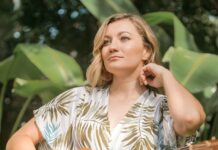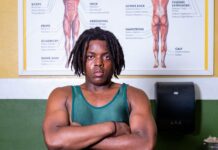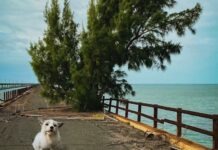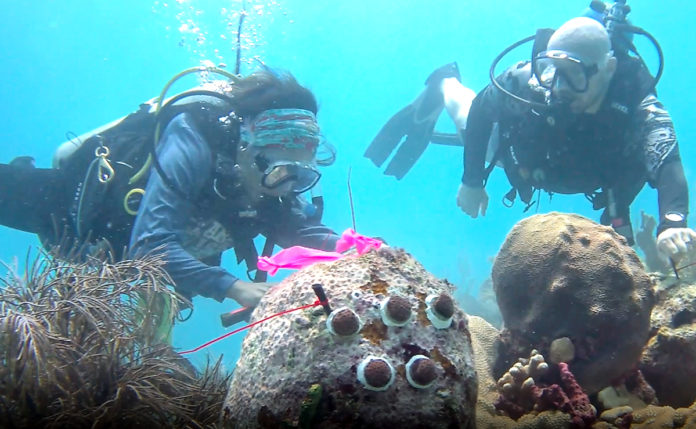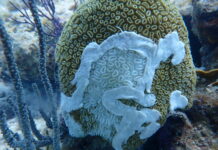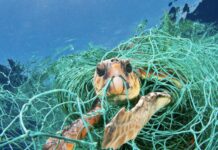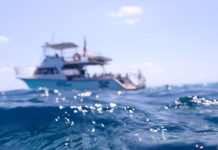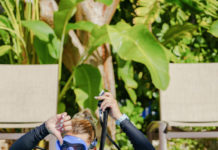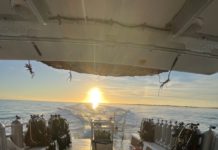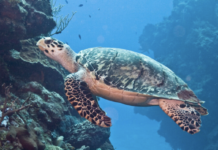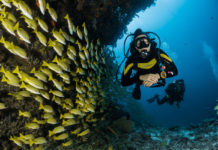This Week’s Dive Report
Conditions this week were spectacular, with light winds and great viz. It wasn’t too hot, so the surface intervals were pleasant. And, as always, we had that magical Florida Keys turquoise blue water to admire. It was a beautiful way to officially end the summer season.
This weekend was extra special because we planted boulder corals back to the reef for the first time ever. These are native to shallow tropical waters in places like Florida. In fact, the Florida Keys are known for their huge boulder corals, and the majority of them are succumbing to disease. It’s frightening to think of a future where coral species that have been around for millions of years in our waters cease to exist — on our watch. We intend to fight that future with everything we’ve got.
Next Week’s Dive Report
Our amazing conditions will continue through all of next week, with more of the same light winds, great viz and fun dive experiences. If you haven’t been out on the water lately, now is the time to do so. It’s beautiful, calm and comfortable.

Conservation Update
I.CARE is the only local coral restoration group that is currently planting boulder corals. Unlike branching (staghorn and elkhorn) corals, boulder corals grow on sea floor and other substrates in a single, flat plane before growing upwards to form massive “boulders,” or mounds of coral polyps. Both types of corals helped to build up our massive barrier reef here in the Florida Keys and both need our help to get back on the reef.
To that end, we had a great group out with us to accomplish our milestone first planting. They participated in our hands-on coral planting seminar in the morning and then headed out to plant boulders onto an Islamorada reef in the afternoon.
We know that these corals matter to our local reefs. We also know that science-based approaches to coral restoration are the only way that we can effectively restore some of what we’ve lost. That makes bringing these massive corals back to life with our own two hands feel even more amazing.
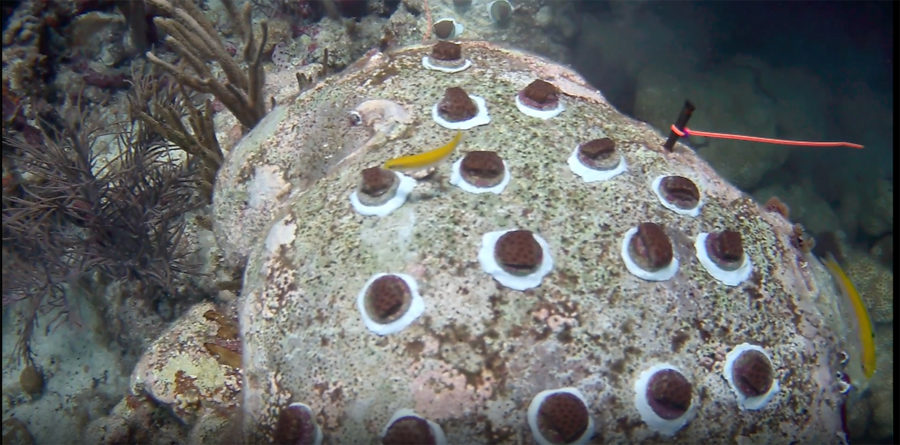
Conservation Tip
Remember, when you anchor, to drop in the sand or use a mooring buoy. When anchors and lines tangle on corals, they can damage these fragile animals.
I.CARE TipPlease take advantage of restoring your backyard and either partake in a restoration dive or donate to the cause. Go to icareaboutcoral.org to help out; any donation is appreciated.










